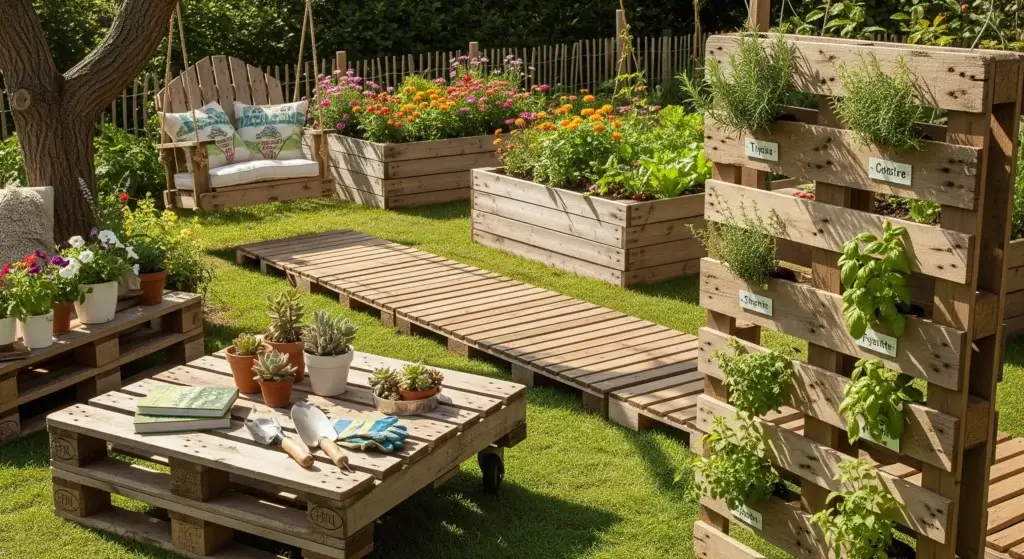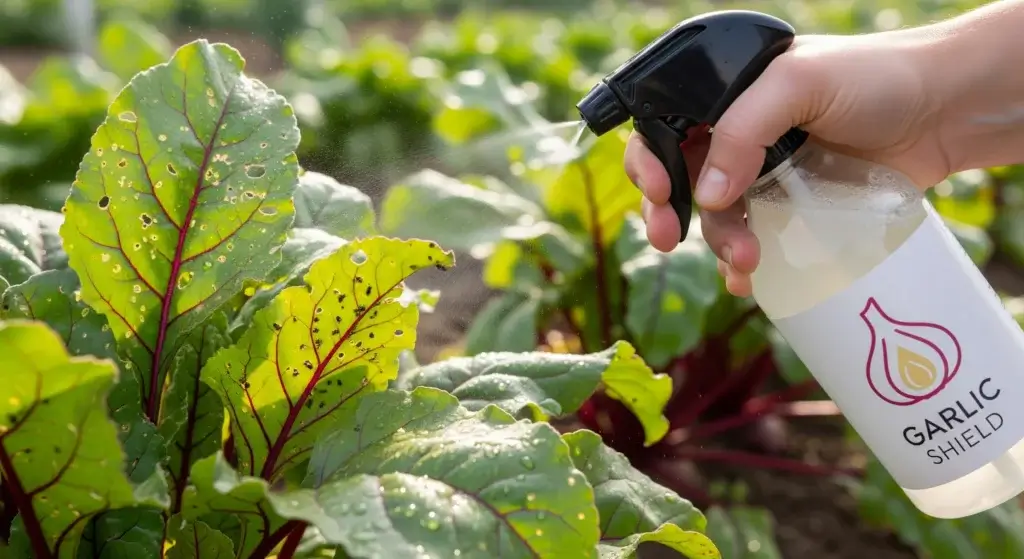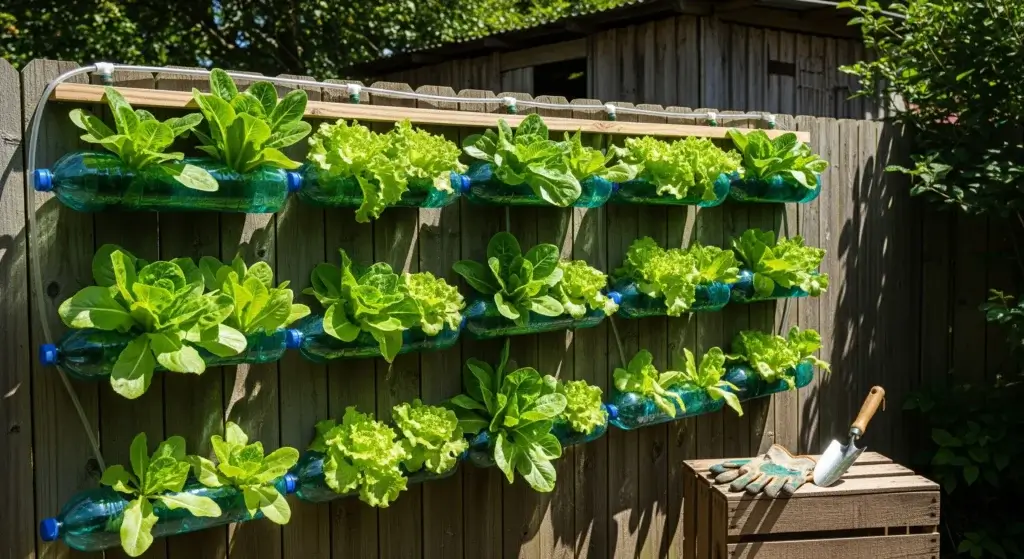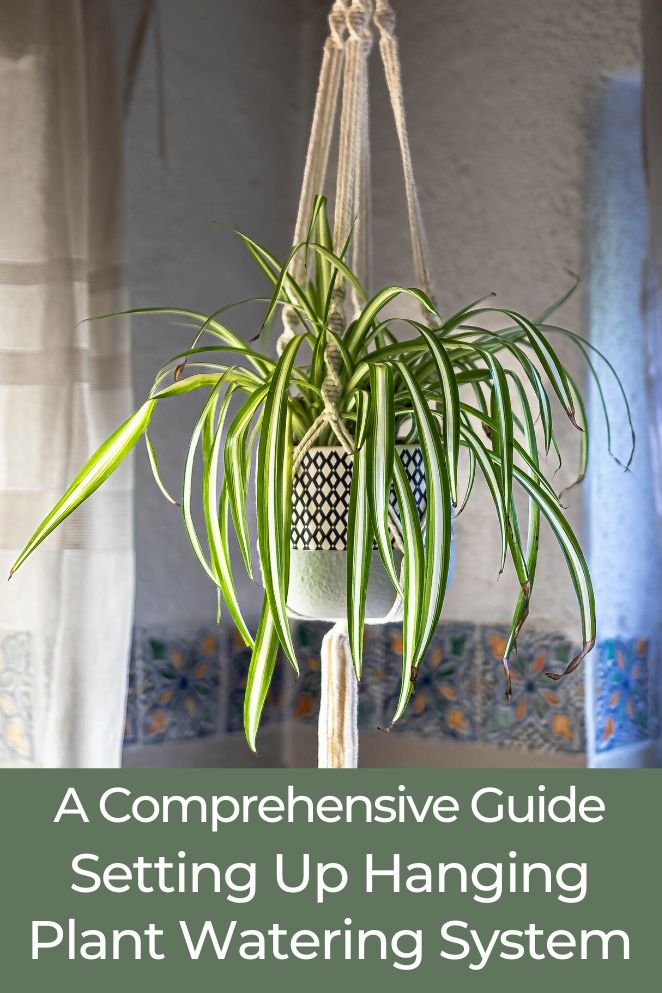
Hanging plants add a touch of natural beauty to any space, but keeping them properly watered can be a challenge.
In this blog post, we will explore different types of hanging plant watering systems, including the classic drip system, terracotta cone system, and DIY wicking system.
We will discuss the materials needed, step-by-step instructions, as well as the pros and cons of each system.
By the end of this post, you will have a clear understanding of the various hanging plant watering systems and be able to choose the best option for your needs.
Types of Hanging Plant Watering Systems
- Read also: A DIY Potted Plant Watering System Guide
- Read also: A Guide to DIY Plant Watering Globes
Classic Drip System
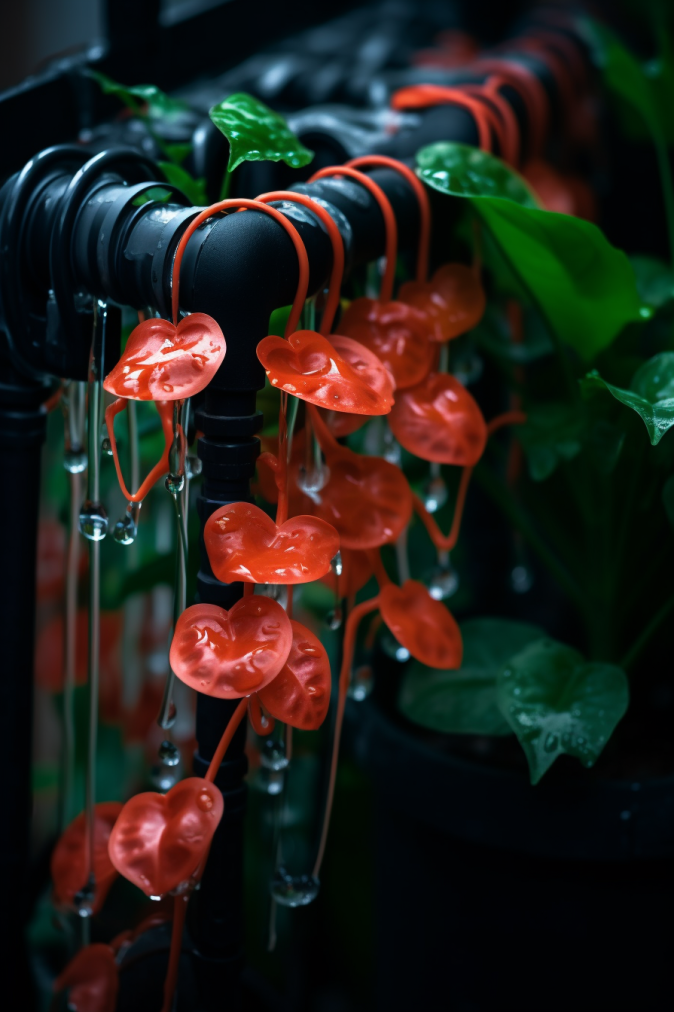
The classic drip system is a popular choice for watering hanging plants.
It provides a consistent and controlled flow of water to the plants, ensuring that they receive the right amount of moisture without the risk of overwatering.
Here are the details of the classic drip system:
Materials needed
- Poly drip tubing: This serves as the main conduit for water, allowing it to flow from the water source to the hanging plants.
- Adapters, end caps, couplings, and elbows: These components play a crucial role in customizing the system, enabling it to fit the specific design and layout requirements.
- Scissors: Essential for cutting the poly drip tubing to the desired length, ensuring a proper fit for your hanging plants.
- Hammer: A tool that may be needed for securing certain components in place during the installation process.
Step-by-Step Instruction
- Cut the poly drip tubing: Begin by measuring and cutting the poly drip tubing to the desired length, ensuring it reaches all the hanging plants in your arrangement.
- Attach adapters, end caps, couplings, and elbows: Customize the system by attaching the necessary adapters, end caps, couplings, and elbows to the poly drip tubing as per the designed layout. This step allows for flexibility in directing water flow.
- Install above hanging plants: Position the system above the hanging plants, ensuring that water drips directly onto the soil. This placement facilitates targeted watering and minimizes water wastage.
Pros
- Consistent and controlled water flow: The classic drip system delivers water in a controlled manner, providing a consistent moisture supply to plants.
- Prevents overwatering: By regulating the water flow, the system mitigates the risk of overwatering, a common concern in plant care.
- Automation capability: The system can be automated for added convenience, allowing for scheduled watering without manual intervention.
Cons
- Initial setup effort: Setting up the classic drip system may require some time and effort initially, especially when customizing it to fit specific plant arrangements.
- Regular maintenance needed: To ensure proper functioning, regular maintenance is necessary. This may involve checking for clogs, adjusting components, and ensuring all parts are in good condition.
Terracotta Cone System
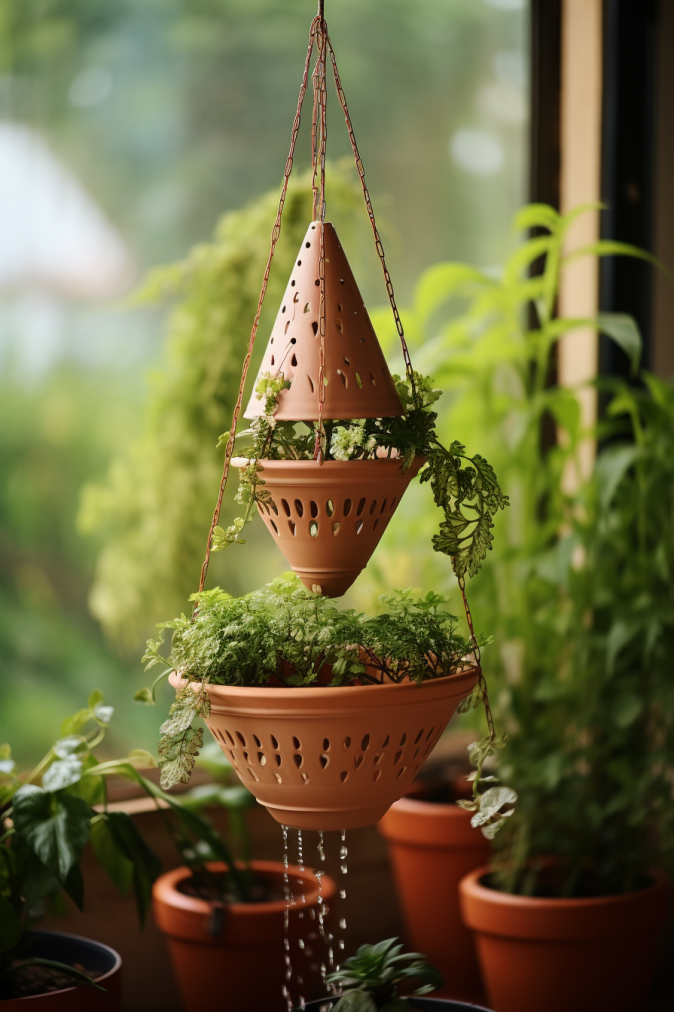
The terracotta cone system is an innovative and efficient way to water hanging plants.
It utilizes terracotta cones that slowly release water into the soil, ensuring that the plants receive a steady supply of moisture.
Here are the details of the terracotta cone system:
Materials needed
- Terracotta cones: These cones serve as the core components, gradually releasing water into the soil to sustain the hanging plants.
- Water reservoir: A container to hold water, providing a source for the terracotta cones to draw from.
- Potting soil: The medium in which the hanging plants are rooted, facilitating the absorption of water from the terracotta cones.
Step-by-step instruction
- Fill the water reservoir with water: Begin by filling the water reservoir with water. This serves as the source that the terracotta cones will draw from to provide a continuous water supply.
- Insert terracotta cones into the soil: Gently insert the terracotta cones into the soil of the hanging plants. Ensure proper placement to allow for effective water distribution.
- Connect cones to water reservoir: Extend the other end of the terracotta cones into the water reservoir, establishing a connection that enables the gradual release of water into the soil.
Pros
- Steady water supply: The terracotta cone system ensures a consistent and steady supply of water to the hanging plants, promoting healthy growth.
- Reduced manual watering: By automating the watering process, this system decreases the need for frequent manual watering, providing convenience to plant caregivers.
- Prevents overwatering: The gradual release mechanism prevents overwatering, a common concern in plant care.
Cons
- Initial setup effort: Like any system, the terracotta cone setup may demand some initial time and effort, especially during the installation phase.
- Not universally suitable: While effective, the terracotta cone system may not be suitable for all types of hanging plants, depending on their specific watering needs and root structures.
DIY Wicking System
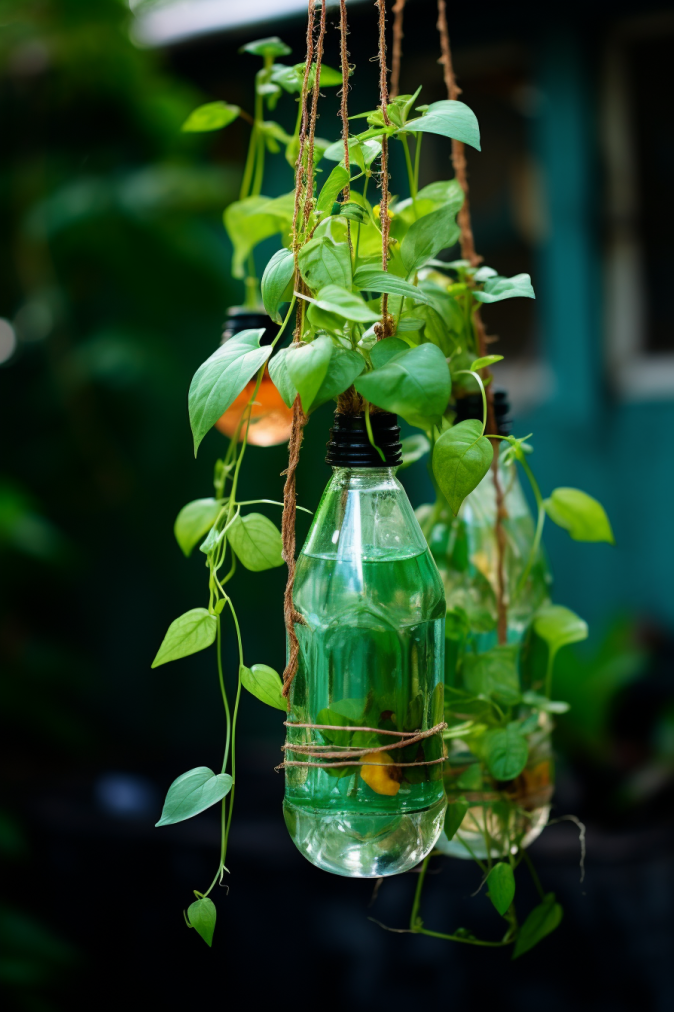
The DIY wicking system is a cost-effective and simple way to water hanging plants.
It utilizes common household materials to create a self-watering mechanism for the plants.
Here are the details of the DIY wicking system:
Materials needed
- Plastic bottles: These serve as the main containers for water storage and distribution in the wicking system.
- Cotton wick: An essential component that facilitates the capillary action, drawing water from the reservoir to the plant’s soil.
- Potting soil: The medium in which the hanging plants are rooted, allowing them to absorb water through the wicking mechanism.
Step-by-Step Instruction
- Cut the plastic bottles in half: Begin by cutting the plastic bottles in half, creating containers for both water storage and distribution.
- Fill the bottom half with water: Pour water into the bottom half of the plastic bottles, creating a reservoir for the wicking system.
- Place the cotton wick: Insert one end of the cotton wick into the water in the plastic bottle and the other end into the soil of the hanging plants. This establishes a capillary connection, allowing water to be drawn from the reservoir to the plant’s roots.
Pros
- Cost-effective and easy setup: Utilizing common household items, the DIY wicking system is a cost-effective solution that can be easily set up without the need for specialized materials.
- Self-watering mechanism: This system creates a self-sustaining watering mechanism, reducing the frequency of manual watering and providing a consistent water supply to the plants.
- Reduces manual effort: By automating the watering process, the DIY wicking system decreases the need for constant manual attention.
Cons
- Not universally suitable: While suitable for many hanging plants, the DIY wicking system may not be optimal for all plant varieties, as some may have specific water requirements or root structures.
- Requires regular monitoring: To ensure proper functioning, regular monitoring is essential. Checking the water levels in the reservoir and the condition of the cotton wick helps maintain the effectiveness of the system.
Conclusion
Several efficient watering systems exist for hanging plants, each presenting its own advantages and drawbacks.
The classic drip system, terracotta cone system, and DIY wicking system offer distinct approaches to maintaining optimal moisture levels for your hanging plants.
By carefully assessing the requirements of your plants and considering your preferences, you can select the most suitable watering system to promote the health and aesthetic appeal of your hanging plants.
- Read also: DIY Plant Watering Bottle Ideas
- Read also: A Guide to Building Your Own Tomato Plant Watering System
FAQs
The DIY wicking system is the most cost-effective option, as it utilizes common household materials to create a self-watering mechanism for the plants.
The terracotta cone system is best for reducing the frequency of manual watering, as it provides a steady supply of water to the plants.
While most hanging plant watering systems are suitable for a wide range of plants, it’s important to consider the specific needs of your plants before choosing a watering system.

